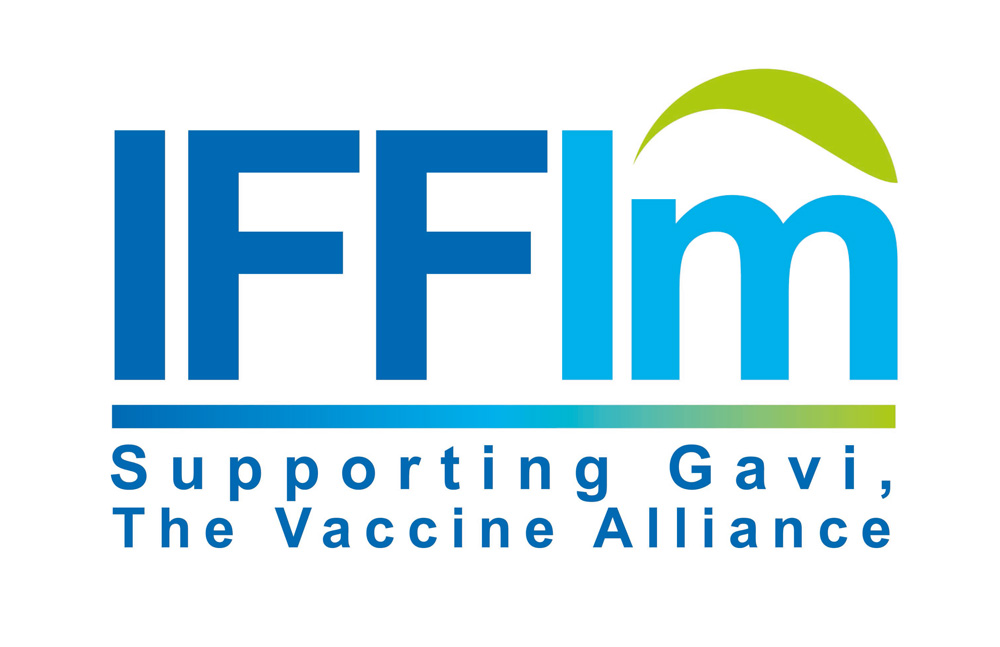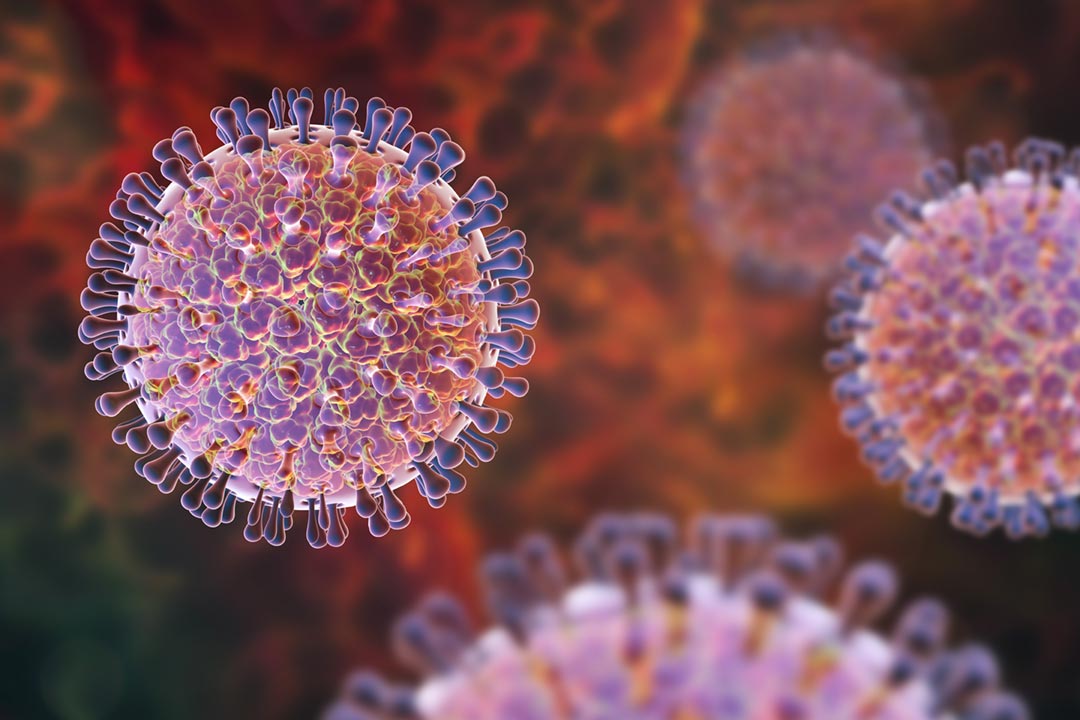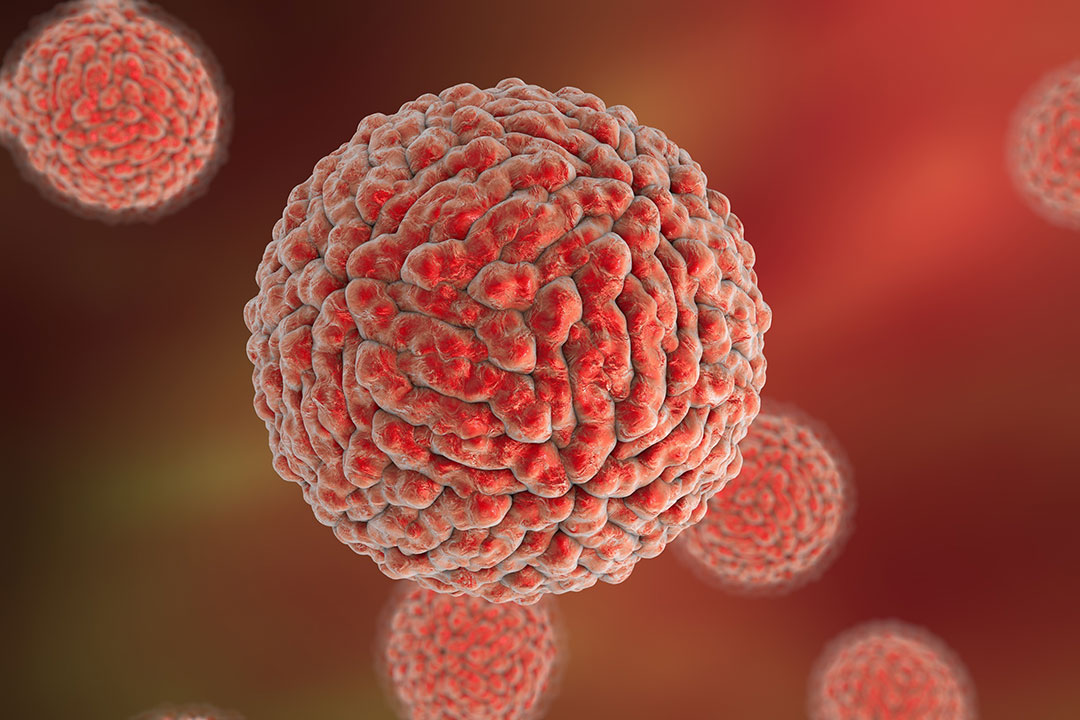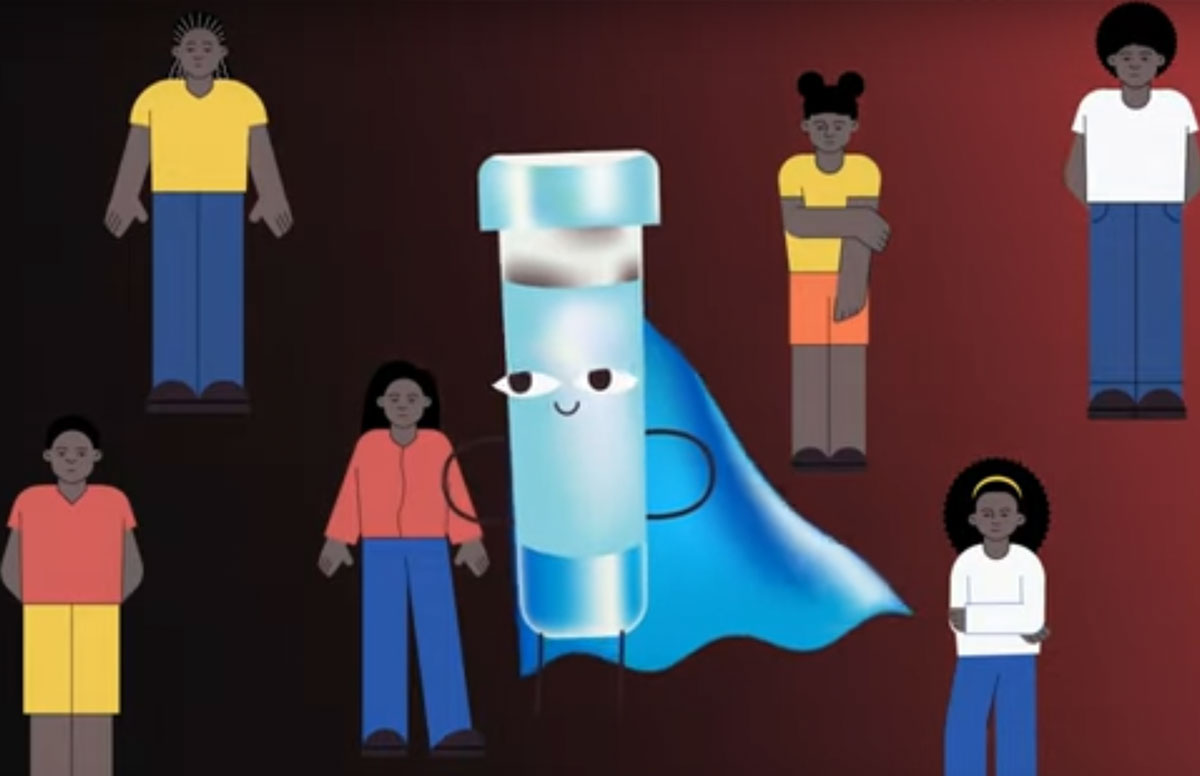IFFIm funding helps VaccinesWork: measles, pneumococcus, rotavirus and yellow fever
IFFIm funding helps VaccinesWork: measles, pneumococcus, rotavirus and yellow fever
1 November 2023
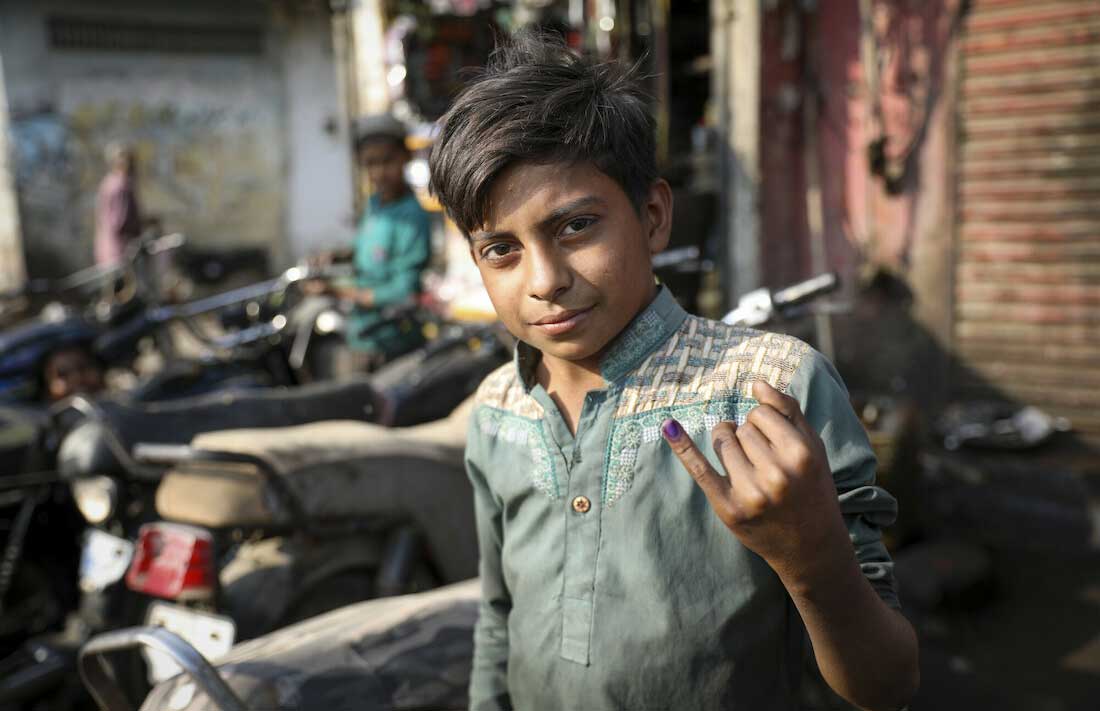
A vaccinated child during the nationwide measles and rubella campaign in Karachi, Pakistan. Credit: Gavi/2021/Asad Zaidi.
Funds provided by IFFIm over the last 17 years have had a catalytic effect on increasing uptake of underused vaccines in low-income countries.
Vaccines are one of the most cost-effective health interventions in history. Since 2000, Gavi has vaccinated more than one billion children, saved an estimated 17 million lives and helped reduce child mortality by half. Work is continuing as Gavi strives to reach zero-dose children and others in low- and middle-income countries who need these vaccines.
To accelerate Gavi’s work, IFFIm has contributed US$ 5.8 billion to Gavi — 18% of its programme budget. Funds provided by IFFIm over the last 17 years have had a catalytic effect on increasing uptake of underused vaccines in low-income countries.
Gavi’s vaccine programmes for measles, pneumococcus, rotavirus and yellow fever, all funded in part by IFFIm, have had a huge impact on global health.
Read about these four diseases and how Gavi and IFFIm are leading efforts to protect children.
Announcements
Measles
Measles is spread through the air by droplets when an infected person coughs or sneezes. The measles virus can stay in the air for up to two hours. It is so contagious that up to 90% of people close to an infected person will catch measles if they are not protected.1 Fortunately, the disease is preventable: the measles vaccine helps protect against measles infection and associated complications, which claimed 128,000 lives in 2021.
Gavi has been responsible for more than 145 measles vaccine introductions, follow-ups and catch-ups across Gavi-supported countries since 2000. In 2022 alone, 14 Gavi-supported countries launched measles or measles-rubella follow-up campaigns.2
IFFIm has disbursed a total of US$ 189 million to Gavi to fight measles and protect children’s health. It has done this through transferring US$ 10 million for measles vaccine, close to US$ 21 million for the measles-rubella vaccine, US$ 19 million for the measles-rubella campaign and US$ 139 million toward disease prevention and control for measles mortality reduction.
Pneumococcus
Pneumococcus bacteria are extremely dangerous. There are more than 90 types that can be transmitted by respiratory droplets. They cause infections in various parts of the body, including the ears, sinuses, lungs and blood, and the brain and spinal cord. Pneumococcus is the leading cause of severe pneumonia and bacterial meningitis worldwide. In fact, pneumonia kills 740,000 children under the age of five each year. It is the largest infectious cause of death in children.
A vaccine can prevent most infections. And the pneumococcal conjugate vaccine (PCV) has been a lifesaver for millions of children. Since its inception, Gavi has led 62 vaccine introductions of PCV, reaching more than 372 million children.3 These vaccines have proven effective. A 2017 study that looked at routine childhood vaccination in The Gambia found that the introduction of PCVs had reduced the incidence of invasive pneumococcal disease in children aged 2 to 59 months (about 5 years) by 55%, and of hospitalised pneumonia by 30%.
The benefits extend to other age groups as well. Childhood immunisation against pneumococcus reduces pneumococcal disease in older children and adults, because there's less community transmission thanks to the vaccines.
Since 2006, IFFIm has supported Gavi’s pneumococcal vaccine programmes with US$ 694 million in funding.
Rotavirus
Rotaviruses are the leading cause of severe diarrhoea in young children. Before vaccines became available, almost every child had been infected with rotavirus by their fifth birthday, and it claimed half a million lives each year. Rotavirus is an RNA virus that is shed in the stool of infected people. People can become infected through contact with unwashed hands, or contaminated surfaces, or objects.
Rotavirus vaccines, introduced in 2009, can protect against the deadliest form of diarrhoea in young children. One of Gavi's main objectives is to ensure access to these vaccines in the countries that need them most.
With help from US$ 205 million in funding from IFFIm, Gavi-supported countries have immunised more than 291 million children against rotavirus through over 53 vaccine introductions and campaigns.4 While supply disruptions affected all three Gavi-supported rotavirus vaccines, rotavirus vaccine coverage across the 57 Gavi-supported countries still increased by 2% in 2022, reaching 65%.
Yellow Fever
The virus that causes yellow fever is found in tropical and subtropical areas of Africa and South America. It is spread to people by infected mosquitos. Symptoms of infection include a fever with aches and pains to severe liver disease with bleeding and yellowing skin or jaundice. Death rates can be as high as 50% among severely infected people.
A safe and effective yellow fever vaccine has been available for more than 80 years, with a single dose providing lifelong protection for most people. Gavi has been on the forefront of yellow fever prevention and control, leading 17 mass immunisation campaigns that have reached more than 232 million people.
IFFIm has disbursed a total of US$ 306 million to Gavi for yellow fever vaccines, stockpiles and campaigns since 2006 to control the spread of yellow fever and save lives from this preventable disease.
2 Gavi progress report 2022 page 24
3 Gavi progress report 2022 page 22
4 Gavi progress report 2022 page 22
How IFFIm supports Gavi’s programmes for Haemophilus influenzae type b (Hib), human papillomavirus (HPV), polio and tetanus
Read more
Share this article
Restricted Access Library
 The material in this Restricted Access Library is intended to be accessed only by persons with residence within the territory of a Member State of the European Union and is not intended to be viewed by any other persons. The material in this Restricted Access Library is provided by IFFIm for information purposes only and the materials contained herein were accurate only as of their respective dates. Certain information in the materials contained herein is not intended to be, and is not, current. IFFIm accepts no obligation to update any material contained herein.
The material in this Restricted Access Library is intended to be accessed only by persons with residence within the territory of a Member State of the European Union and is not intended to be viewed by any other persons. The material in this Restricted Access Library is provided by IFFIm for information purposes only and the materials contained herein were accurate only as of their respective dates. Certain information in the materials contained herein is not intended to be, and is not, current. IFFIm accepts no obligation to update any material contained herein.
Persons with residence outside the territory of a Member State of the European Union who have access to or consult any materials posted in this Restricted Access Library should refrain from any action in respect of the securities referred to in such materials and are otherwise required to comply with all applicable laws and regulations in their country of residence.
By clicking Access restricted content: DYNAMIC-LINK-TEXT I confirm that I have read and understood the foregoing and agree that I will be bound by the restrictions and conditions set forth on this page.
The materials in this Restricted Access Library are for distribution only to persons who are not a "retail client" within the meaning of section 761G of the Corporations Act 2001 of Australia and are also sophisticated investors, professional investors or other investors in respect of whom disclosure is not required under Part 6D.2 of the Corporations Act 2001 of Australia and, in all cases, in such circumstances as may be permitted by applicable law in any jurisdiction in which an investor may be located.
The materials in this Restricted Access Library and any documents linked from it are not for access or distribution in any jurisdiction where such access or distribution would be illegal. All of the securities referred to in this Restricted Access Library and in the linked documents have been sold and delivered. The information contained herein and therein does not constitute an offer for sale in the United States or in any other country. The securities described herein and therein have not been, and will not be, registered under the U.S. Securities Act of 1933, as amended (the "Securities Act"), and may not be offered or sold in the United States except pursuant to an exemption from, or in a transaction not subject to, the registration requirements of the Securities Act and in compliance with any applicable state securities laws.
Each person accessing the Restricted Access Library confirms that they are a person who is entitled to do so under all applicable laws, regulations and directives in all applicable jurisdictions. Neither IFFIm nor any of their directors, employees, agents or advisers accepts any liability whatsoever for any loss (including, without limitation, any liability arising from any fault or negligence on the part of IFFIm or its respective directors, employees, agents or advisers) arising from access to Restricted Access Library by any person not entitled to do so.
